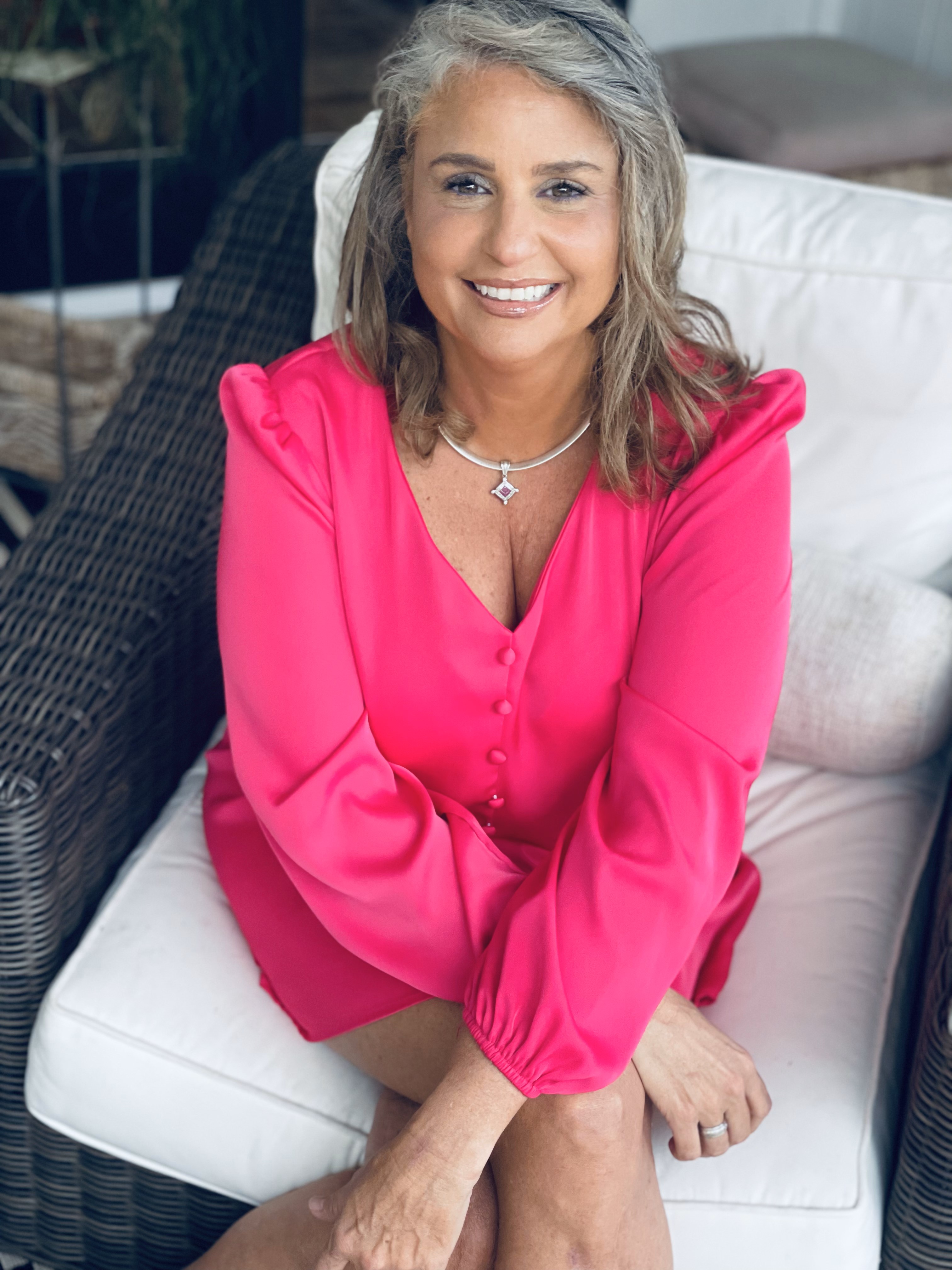
SHOCKER: The Simple Home-Equity Move Helping Seniors Stay Put—While Big Banks Stay Quiet
A plain-English guide to aging in place with a reverse mortgage—and the team that keeps you safe for the long run.
Why “home” matters
Home is where your people, your routine, and your memories live. Moving can be hard. Aging in place lets you stay where you feel good—while planning for care, rising costs, and peace of mind.
What is a reverse mortgage (HECM)?
It lets homeowners 62+ use part of their home equity.
You keep the title to your home.
No monthly mortgage payment is required (you must still pay taxes, insurance, and upkeep).
The loan is paid back later—when you sell, move out, or pass away.
Quick check-in (NEPQ style):
If you could stay in your home and make it safer, what would that change for you?
If we found a way to cover part of care costs without a new monthly payment, would that help your plan?
Why collaboration matters (your “care circle”)
A reverse mortgage works best when everyone is on the same page. We coordinate with:
Financial Planner: fits the loan into your retirement income plan, cash flow, and withdrawals.
CPA/Tax Pro: reviews tax impacts and reporting.
Elder Law Attorney: protects your estate plan, non-borrowing spouse, and legacy wishes.
Health Care Team / Care Manager: aligns funds with real care needs (home safety, caregivers, future costs).
Family: builds trust and avoids surprises later.
Smart ways to use it
Pay off your current mortgage to free up cash flow
Build a care budget (in-home help, safety upgrades)
Create a rainy-day line of credit for “what ifs”
Delay drawing down other savings too fast
Bridge gaps while waiting on other benefits or home sale timing
Pros
No monthly mortgage payment required (you still pay property charges)
Stay in your home on your terms
Flexible: lump sum, monthly draws, or line of credit
Non-recourse: you’ll never owe more than the home value when it’s sold
Can support long-term care planning when paired with your team
Cons & risks (straight talk)
Interest and fees add to your loan balance over time
Heirs inherit less equity if the balance grows
You must keep up with taxes, insurance, and maintenance
Not great if you plan to move soon
Could affect certain means-tested benefits—check with your CPA/attorney
You must live in the home as your primary residence
Is it a fit? (simple checklist)
I’m 62+ and this is my primary residence
I want to stay in my home for 5–10+ years
I can keep up with taxes, insurance, and repairs
I’m open to a team meeting with my planner/CPA/attorney/health pro
I care about cash flow, safety, and less stress
A quick story
Linda, 74, wanted to stay near friends and church. Her monthly budget was tight. With help from her planner, CPA, and care manager, we used a reverse mortgage to pay off her old loan and set up a line of credit for future care. Now she has no mortgage payment, a clear care plan, and the home she loves.
Your next step
Let’s do a 15-minute fit call. We’ll review your goals, your people, and your numbers. If it’s not a fit, I’ll tell you. If it is, we’ll set a team huddle so everyone is aligned.
Interconnect Mortgage — NMLS 1720882
Check my license at the NMLS Consumer Access site: https://www.nmlsconsumeraccess.org/
Disclosures: This is educational, not legal, tax, or financial advice. Reverse mortgage requires counseling. Borrower must pay property taxes, homeowners insurance, HOA/condo dues (if any), and maintain the home. Loan becomes due when you move out, sell, or pass away. Program rules and eligibility apply.
